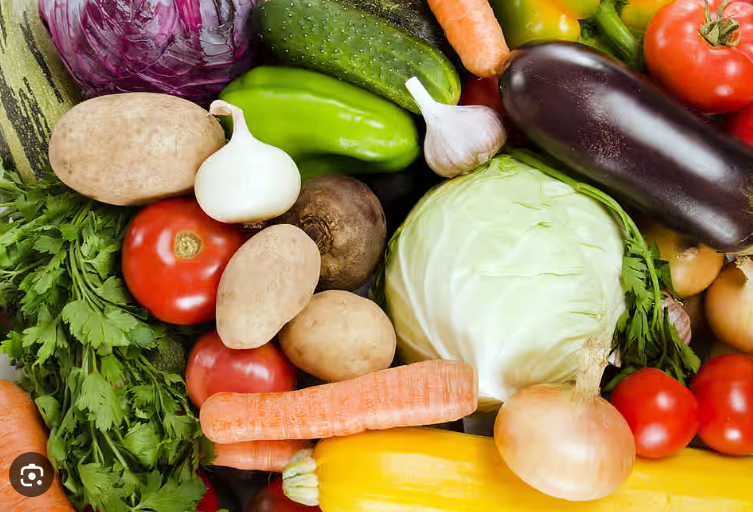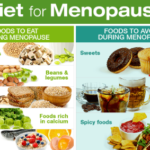These chef-approved recipes will improve your health, prolong the shelf life of your produce, and cut down on food waste. Keeping veggies fresh will keep them fresh longer.
Keeping veggies fresh preserves taste and nutrition.
The majority of us have encountered the dreaded sight of lovely, fresh veggies transformed into cuddly scientific experiments. Although fresh produce spoils easily, you can prolong its shelf life and still enjoy its delicious and nutritious qualities with a little knowledge. Additionally, you are helping the environment by eating vegetables rather than throwing them away.
Fresh vegetables are rich in vitamins and minerals, but as soon as they are harvested, they begin to slowly deteriorate and lose their nutritional value. As they are moved from the field to the supermarket, they are exposed to air, light, and heat, which causes a natural cycle, according to Beth Stark, a registered dietitian and nutritionist from the Harrisburg, Pennsylvania, area.
Also read-Milk : Milk Is the Healthiest , Importance Of Calcium And Types Of Milk

veggies fresh
Vegetables differ from one another and cannot all be stored in the same way. This is all you need to maximize the flavor and nutritional value of vegetables by keeping them fresh for longer.
Keep vegetables dry
To preserve the flavor of fresh vegetables and maximize their nutritional value, storage must be done properly. Except for tomatoes and root vegetables, store the majority of vegetables in the crisper drawer of the refrigerator. While some humidity is good for you, too much moisture can encourage decay.
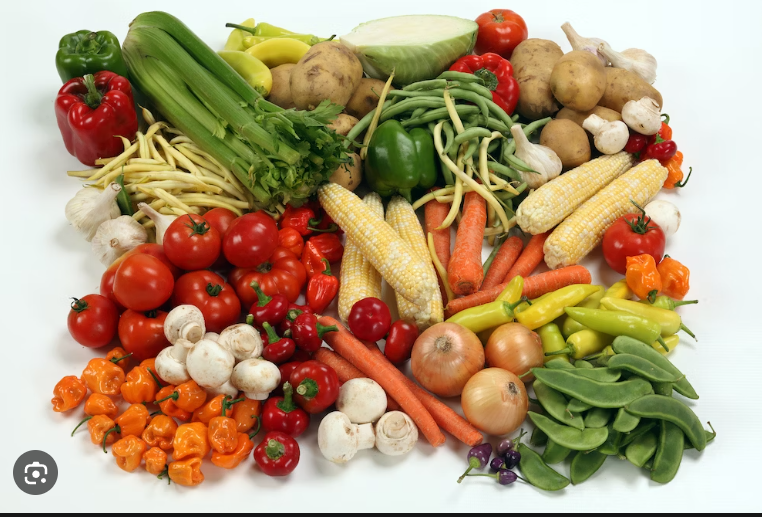
veggies fresh
According to James Beard-winning chef and cookbook author Virginia Willis, “never wash your vegetables before storing them in the refrigerator because added moisture will enhance bacterial growth and spoilage.” “Just wash veggies before using them.”
Greens and herbs are an exception to this rule; they can be cleaned, dried, and kept in a container or wrapped in a towel. Willis makes her own ready-to-eat salad mix with carrots, celery, and radishes. She selects hearty greens like romaine, which tend to last longer than more delicate prewashed greens.
Willis suggests getting rid of plastic storage bags before storing them because they have the ability to retain and trap moisture. Paper bags work well for storing mushrooms because they can absorb moisture. When stored in the crisper drawer and wrapped in aluminum foil, celery lasts longer.
Separate veggies and fruits.
The reason why most refrigerators have two crisper drawers is that fruits and vegetables should be kept apart. Fruits that produce ethylene gas, a naturally occurring plant hormone, include apples, bananas, pears, and avocados. This gas can speed up the ripening process of produce when stored together.
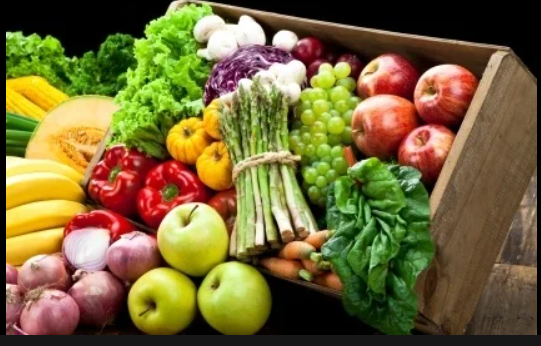
veggies fresh
By covering the ends of the stems with plastic wrap, you can lower the amount of ethylene in bananas. Moreover, room-temperature storage is recommended for bananas.
Some vegetables also keep best at room temperature. Store root vegetables—onions, garlic, shallots, squash, and potatoes—in a well-ventilated, cool, dry space away from moisture, heat, and light, ideally between 50 and 70 degrees Fahrenheit. Store onions and potatoes separately, as potatoes sprout sooner when stored near onions. Some restaurants keep onions in the refrigerator, and Willis does the same if she is away from home, especially the high-sugar Vidalia onions.
Tomatoes should be placed stem-down on the kitchen counter until ripe, then stored in the refrigerator for two or three days.
Arrange like fresh-cut flowers
One vegetable that does not like to lay flat in the crisper drawer is asparagus; it would much rather stand in water in the refrigerator. Asparagus stems should be chopped like fresh flower stems and then placed in a glass with approximately one inch of water. Also, scallions prefer to be kept in water with their roots down.

veggies fresh
Make chopped veggie containers
The time savings that result from having chopped vegetables on hand for meals and to promote healthy snacking are immeasurable. The drawback is that after the vegetables are cut, they start to soften, and the longer they are left in the light and air, the more likely it is that they will lose nutrients. Willis suggests chilling in a sealed container and preparing just a few days ahead of time.
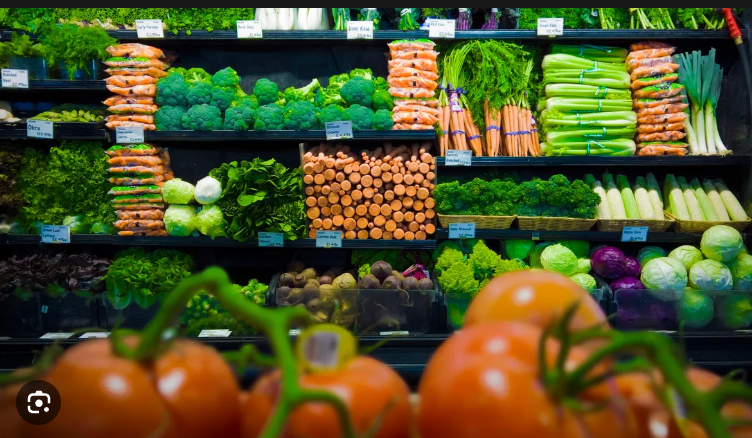
Pick from produce bags that are specifically made for them, such as silicone pouches, zippered bags, or tight-fitting lidded containers. These kinds of containers will help keep the moisture that vegetables need from evaporating.
Prepare your herbs.
The majority of herbs store well in a zippered plastic bag in the refrigerator after being cleaned, dried, and wrapped in paper towels. More delicate herbs, such as cilantro, dill, parsley, and mint, are best kept clipped and refrigerated in a jar with an inch of water. But basil is the exception. To prevent blackening and wilting in the refrigerator, store basil stems in a glass of water on the kitchen counter.

Cut up your herbs when you can’t use them all at once, then freeze them in an ice cube tray with water.
Also read-CDC: It to Release Infants’ RSV Shots to Help Ease Shortage
images source: Google
Disclaimer: The opinions and suggestions expressed in this article are solely those of the individual analysts. These are not the opinions of HNN. For more, please consult with your doctor.







